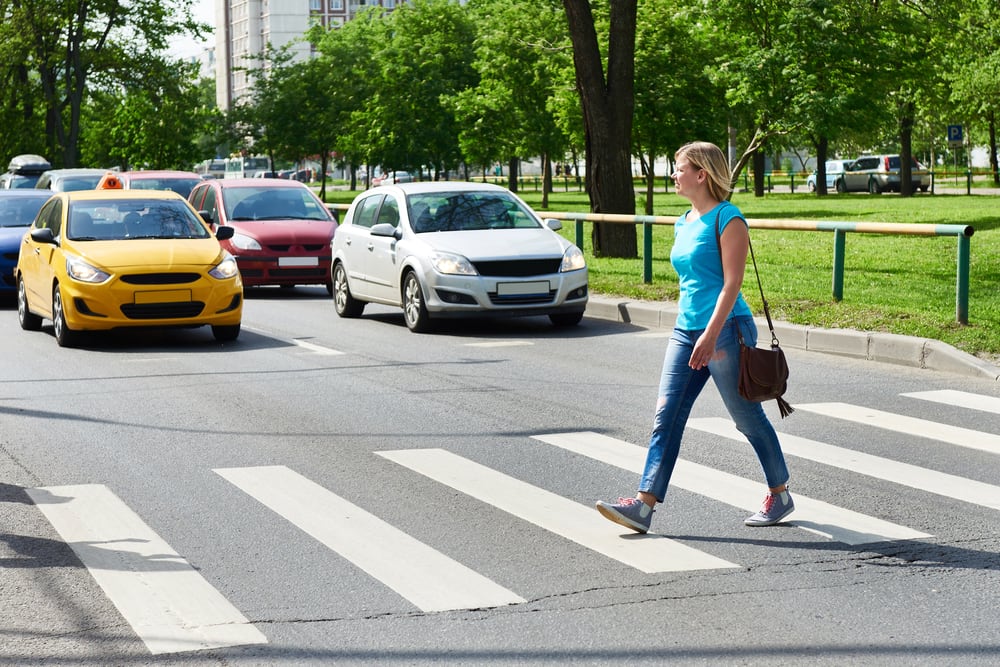

Motorists share the road with other vehicles and pedestrians, and often it is difficult to determine who should proceed first, and who should wait. That is why right-of-way laws are in place – to ensure that traffic moves efficiently, and to prevent accidents that can occur when people are uncertain as to who should go first. Right-of-way laws are in place for your protection, so you should understand them and be prepared to obey them.
Summary of Vermont’s right-of-way laws
The right-of-way laws in Vermont can be summarized as follows:
Intersections
Drivers approaching intersections must give the right of way to traffic already in the intersection, and to pedestrians.
An intersection marked with a Yield sign means that you should slow down and be ready to stop. You may enter only when your doing so will not interfere with traffic already in the intersection.
When approaching a four-way stop, the first vehicle there should be given the right of way.
If two vehicles get to an intersection simultaneously, the vehicle on the right has the right of way.
When turning left, you must yield to traffic coming toward you.
If you are coming onto a road from an alley, parking lot, driveway or “T” intersection, yield to traffic already in the road.
Roundabouts
- Traffic in a roundabout is moving from the left, so when entering, look to the left, yield to traffic that is already present, and then proceed when there is a gap.
Emergency, police and maintenance vehicles
Emergency vehicles en route to an emergency will be sounding sirens and/or flashing red or blue lights. You must pull over, unless you are already in the intersection, in which case you should clear the intersection and then pull over.
You must also yield to maintenance vehicles, which are identified by amber flashing lights.
Towing and repair vehicles may also use amber lights. You are not required by law to yield, but it is safer if you do.
Pedestrians
You must yield to pedestrians in both marked and unmarked crosswalks.
You must always yield to pedestrians, even if they are violating the law – you do not have the right to do anything that could endanger a pedestrian.
Blind persons can be identified by the presence of a guide dog or the use of a white cane. They always have both a legal and an implied right of way, even if they are crossing in a manner that would be illegal if done by a sighted person, and thus they are not subject to legal penalties.
Misconceptions about Vermont right-of-way laws
Many Vermont residents do not understand the meaning of a red arrow on a right turn. This type of signal is not in use in many states, but it is common in Vermont, and it does not mean stop, yield to pedestrians and then turn right. It means that you cannot turn right until the light changes.
Penalties for failure to yield
In Vermont, you will have four demerit points added to your license if you fail to yield to ordinary traffic or a pedestrian. If you fail to yield to an emergency vehicle, you will receive five points. You will also be subject to a fine of not less than $47, and not more than $1,197 depending on the severity of the violation.
For more information, consult the Vermont Driver’s Manual, Chapter 7, pages 7, 31 and 33, and Chapter 8, page 65.



